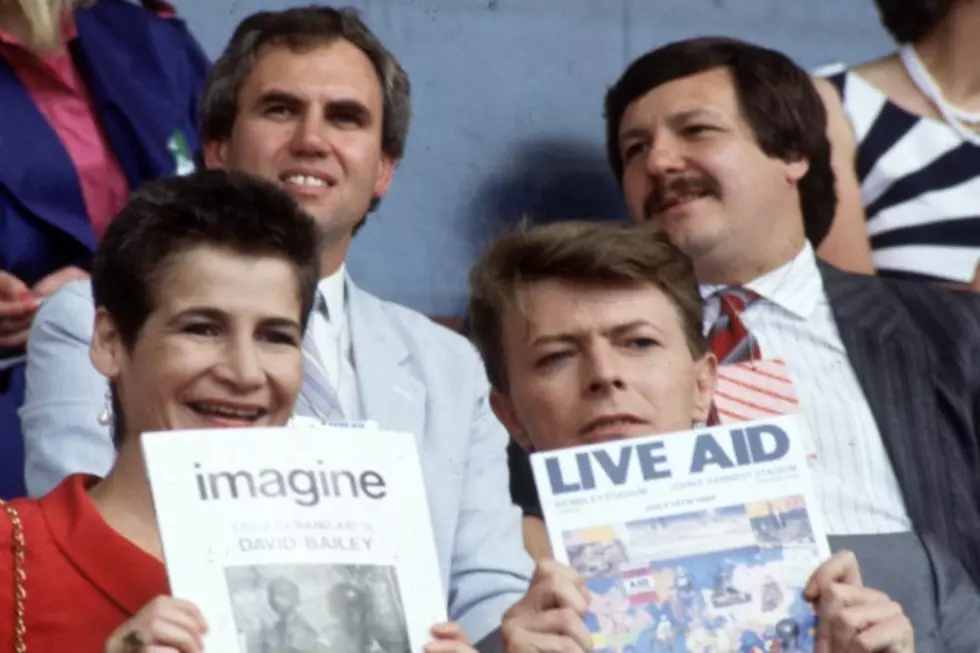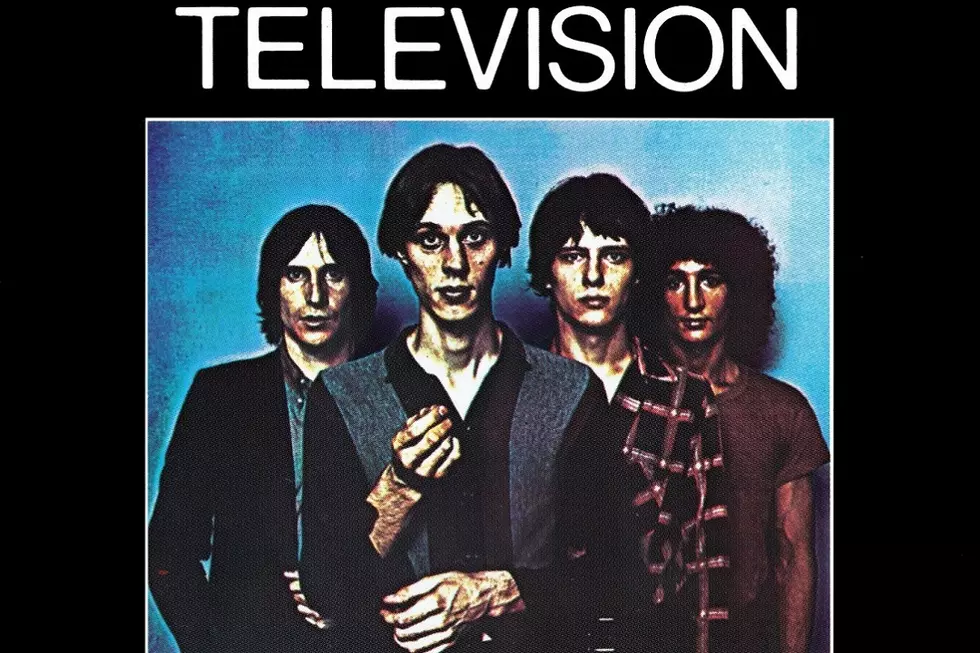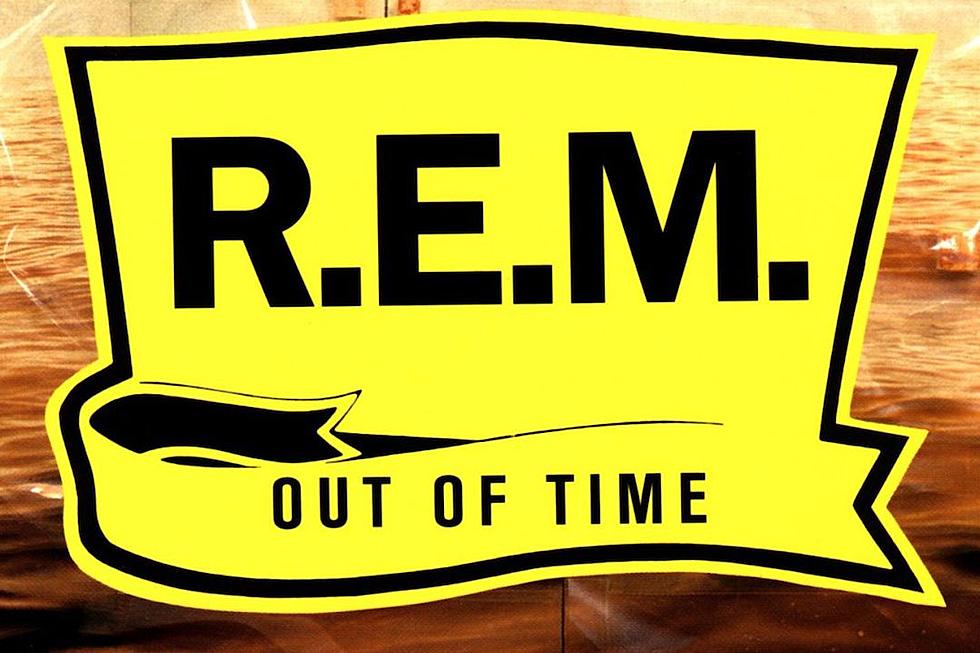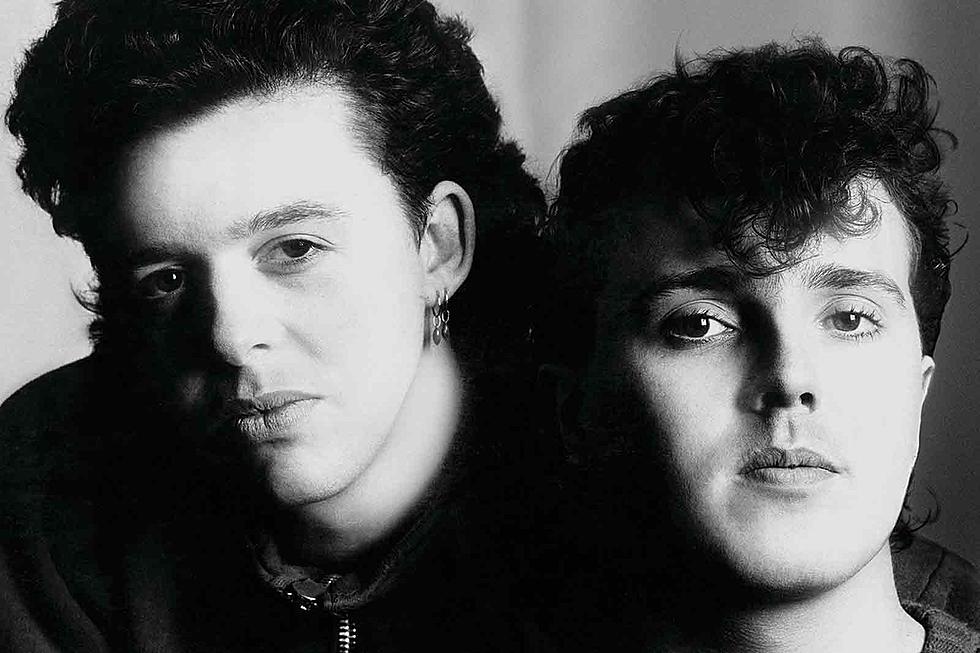
How Live Aid United the Planet
The success of Band Aid's "Do They Know It's Christmas" and USA for Africa's "We Are the World" in raising money for African famine relief caused Boomtown Rats front man and Band Aid mastermind Bob Geldof to think even bigger. He orchestrated Live Aid, two fundraising concerts held in London and Philadelphia on the same day -- July 13, 1985 -- that were attended by 172,000 people and watched on television by a global audience estimated at 2 billion people.
Legend has it that it was Boy George of Culture Club who planted the idea of taking Band Aid from charity single to concert. Geldof jumped on the idea, telling England's Melody Maker in January 1985, "The show should be as big as is humanly possible. There's no point just 5,000 fans turning up at Wembley; we need to have Wembley linked with Madison Square Gardens and the whole show to be televised worldwide. It would be great for [Duran] Duran to play three or four numbers at Wembley and then flick to Madison Square where [Bruce] Springsteen would be playing. While he's on, the Wembley stage could be made ready for the next British act like the Thompsons [Twins] or whoever. In that way lots of acts could be featured and the television rights, tickets and so on could raise a phenomenal amount of money. It's not an impossible idea, and certainly one worth exploiting."
That's pretty damned close to what eventually occurred, though Philadelphia's JFK Stadium would serve as the American venue. According to Rolling Stone, Geldof vetted the idea with U.K. concert promoter Harvey Goldsmith two months later.
"Bob said this should be the definitive statement for the music business," Goldsmith recalled. "He said we ought to do a show in England and one in America as well. The idea was to do a worldwide television hookup and raise money with a telethon. We just talked about it, and he asked, 'Is it possible?'.... And that's when the nightmare started."
The nightmare involved getting over 50 artists -- including the likes of Bob Dylan, Mick Jagger, Led Zeppelin, Queen, David Bowie and the Who -- to donate their services. Then, of course, there were the logistics involved in setting up what essentially was a telethon on a global scale. Finally, the Live Aid team had to figure out how in the world they were going to simulcast two gigantic rock concerts (along with a few smaller venues) to a worldwide audience. But Geldof and team pulled it off, and in a remarkably short window of time. Less than four months after that meeting between Geldof and Goldsmith, Live Aid kicked off at London's Wembley Arena.
Over the next 16 or so hours, people worldwide tuned in for high points like a reunion of Black Sabbath and a show-stealing set by Queen, to myth-making moments like the piece of showmanship from U2 at around 7:30 in the following clip.
Watch U2 at Live Aid
As an actual concert, though, Live Aid was short on career-defining moments. The Bowie/Jagger video for "Dancing in the Street," made especially for Live Aid, might be the most regrettable moment in each artists' storied career -- Kenny Loggins singing "Footloose," Paul Young doing anything, performances by the mostly forgotten Nik Kershaw and Howard Jones --hardly memorable moments. On the other hand, Bowie offered a brilliant run-through of "Heroes."
Estimates of how much money Live Aid raised vary widely, but somewhere in the range of $100-150 million seems reasonable, and all of that went directly to relief efforts. "Directly" is the operative word here, as Live Aid triggered a decade-long benefit phenomenon that included We Are the World, "Rock the Vote," Artists United Against Apartheid, Red Hot + Blue, Farm Aid and the heavy metal Hear 'n Aid. How many hundreds of millions of dollars were raised for charities in the wake of what Geldof and Ure started with Band Aid is anybody's guess.
Whether a moment like Live Aid could ever happen again is up for debate, although 20 years later, Live 8 looked to combat poverty, debt and AIDS in developing nations. But on July 13, 1985, we all dropped our guard for a moment and joined Freddie Mercury, the greatest rock star of them all, in believing that rock n' roll could change the world.
Watch Queen at Live Aid
The 25 Most Underrated Albums of the Past 25 Years
More From Diffuser.fm









